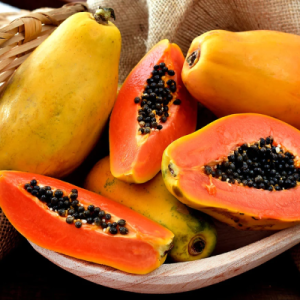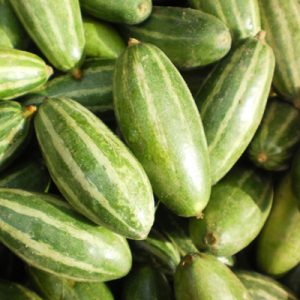Okra, or Ladies finger, which is also known as Bhindi, is one of the important vegetables of India. It is grown throughout the tropical and sub-tropical regions and also in the warmer parts of the temperate regions. The nutritional value of 100g of edible okra is characterized 1.9 g protein, 0.2 g fat, 6.4 g carbohydrate, 0.7 g minerals and 1.2 g fibers. Okra has a good potential as a foreign exchanger crop and accounts for 60% of the export of fresh vegetables. It is cultivated in 0.349 M ha area with the production of 3.344 M mt and productivity of 9.6 mt/ha. The major okra producing states are Uttar Pradesh, Bihar, Orissa, West Bengal, Andhra Pradesh and Karnataka. In West Bengal, 0.662 M mt of Okra is produced from 58,400 ha with an average productivity of 11.4 mt/ha. The crop is also used in paper industry as well as for the extraction of fiber.
Crop varieties
Okra ( Abelmoschus esculentum (L.) Moench.) plant belongs to the family Malvaceae. The crop varieties are Kamini, Pusa Mukhamali, Parbhani Kranti, etc. are commonly cultivated varieties.
Conventional practices
Generally farmers grow locally available varieties with check basin or furrow method of irrigation. Standard practices of nutrient and plant protection measures are rarely adopted.





